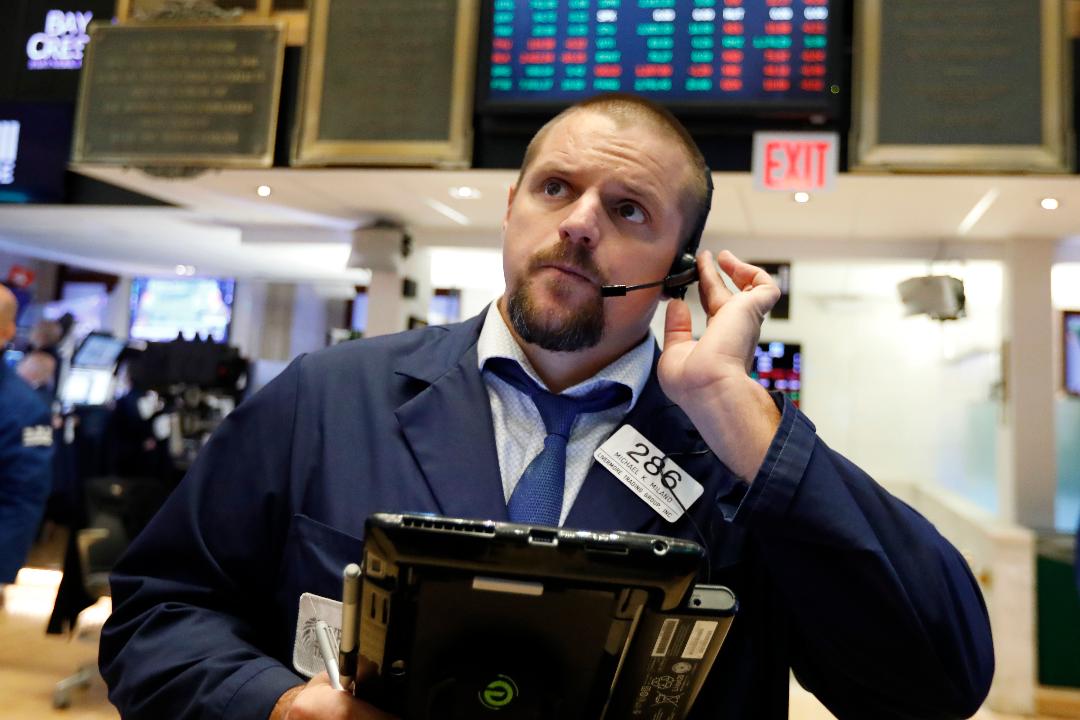Here’s the formula for long-term jobs growth: Opinion
The Bureau of Labor Statistics reported today that the U.S. economy added 155,000 jobs last month. That number is well below what most experts had predicted.
While disappointing in that regard, the report contained good news, as well: Unemployment held at what is a 50-year low of 3.7 percent, and wage growth remained steady.
Overall, the report suggests that sound policy enacted at the beginning of the Trump administration is still helping grow the economy. However, more needs to be done in order to ensure long-term robust growth.
While many will focus on the lower-than-predicted payroll number, it is also important to view that number in context. The country has now enjoyed a record 98 straight months of job gains, and a record 156,795,000 people are employed.
In addition, wages remained firm. Average hourly earnings for all employees rose by 6 cents, to $27.35. Over the year, that makes for an increase of 81 cents, or 3.1 percent. This suggests that employers remain eager to fill the nearly 7.1 million job openings, and are willing to offer higher pay and benefits to do so.
We also continue to see gains in crucial sectors like manufacturing (+27,000 jobs), transportation and warehousing (+25,000 jobs), professional and business services (+32,000 jobs), and health care (+32,000 jobs).
Among the major worker groups, the unemployment rates for adult men (3.3 percent), adult women (3.4 percent), teenagers (12.0 percent), Whites (3.4 percent), Asians (2.7 percent), and a near record-low for Hispanics (4.5 percent) showed little or no change in November.
However, unemployment among African Americans (5.9 percent) matched the record low set in May, and unemployment among workers with a high-school degree but no college dropped to its lowest point in 18 years.
The big question going forward is: How long will this strong showing continue? Business owners, Wall Street and the policy world continue to brace for impact from the Trump tariffs. They are right to be concerned, because a tariff is a tax on consumers, and when you tax more of something, you get less of it. According to a recent study published by the Tax Foundation, if all of President Trump’s proposed tariffs are implemented, the U.S. will lose nearly 300,000 jobs, and the long-run GDP would fall by 0.38 percent.
The only question is why do something that is clearly causing so much uncertainty? Many who support the president’s tariff action claim that he is doing this as a negotiating tactic. This might be true, but is the collateral damage worth it?
There is never a good reason to raise taxes on business owners and everyday Americans. As long as harmful tariffs are in place, the only thing certain is that they will slow growth and cost jobs. History proves this repeatedly.
The Trump administration and Congress would do better to concentrate on doing the hard work that Washington has put off for far too long. They should use this booming economy to tackle out-of-control federal spending, which places a tremendous debt burden on future job creators.
This month’s jobs report is a testament to business owners across the country who have pushed through uncertainty on Wall Street and Washington to create jobs and opportunity. Washington should reward them by abandoning the tariffs, continuing to cut red tape and regulations, and tackle wasteful spending. That would pave the way for many more positive jobs reports.
Timothy Doescher is the associate director of coalition relations and co-host of the “Heritage Explains” podcast at The Heritage Foundation, a leading think tank based in Washington, D.C.




















